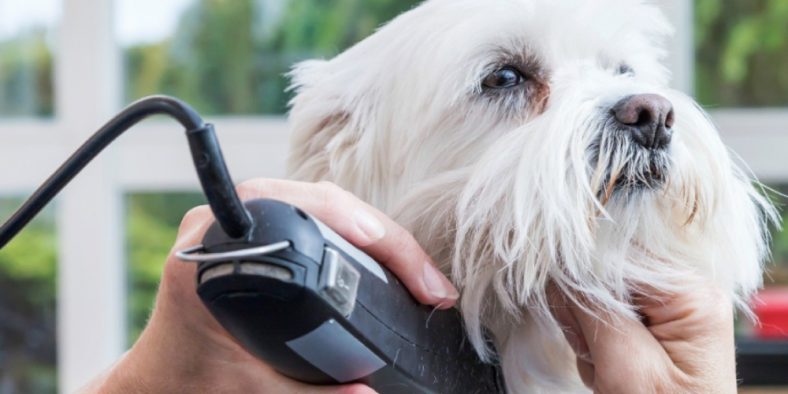Dogs are prone to itchy skin after grooming, but there are ways to help relieve the discomfort. This article will discuss how to relieve dog itching after grooming. By following these simple steps, you can help keep your furry friend comfortable and itch-free!
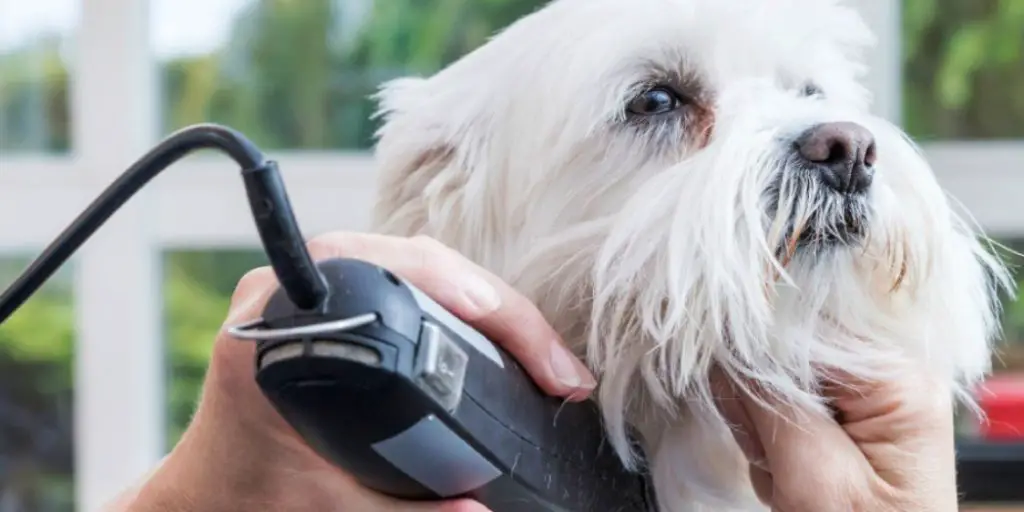
Itching is one of the most common problems that pet parents face. Itching is a very unpleasant sensation with several potential causes, including allergies, insect bites, and skin conditions such as dermatitis and eczema.
Itching is a very unpleasant sensation with several potential causes, including allergies, insect bites, and skin conditions such as dermatitis and eczema. Though itching can be caused by many different factors, in the case of dogs after grooming, it is usually due to dry skin or irritation from flea shampoos or other topical products used during the dog’s bath.
Contents
Why Does Grooming Make Dogs Itchy?
Dogs are constantly itching because it is an innate behavior for them to groom. How much they itch depends on the environment in which they live and their current state of wellness.
When your dog gets groomed by a professional, they may itch more than usual. This is because they may be exposed to things that can cause allergies, like pollen, dust mites, or mold.
If your dog scratches a lot after getting groomed, you can use a special oatmeal shampoo to help. This will clear any irritants from the skin and coat and help prevent the itching.
As a side note, some dogs may experience significant post-grooming itching even though they haven’t been exposed to irritants during their spa treatment. This is because grooming results in faster hair growth which can cause more intense discomfort for dogs with particularly sensitive or dry skin conditions like atopic dermatitis (also known as eczema) or seborrhea (greasy, flaky skin).
A Step by Step Guide on How to Relieve Dog Itching After Grooming
Step 1 : Determine the Cause
Dogs itch for several reasons, and it is essential to determine why your dog is itching to treat the condition and address the cause. The most common causes for itching in dogs include food allergies, fleas, contact or atopic dermatitis (also known as skin allergy), hot spots, bacterial skin infections, seborrhea (dandruff), and yeast infections.
Step 2 : Check Your Dog for Fleas and Mites
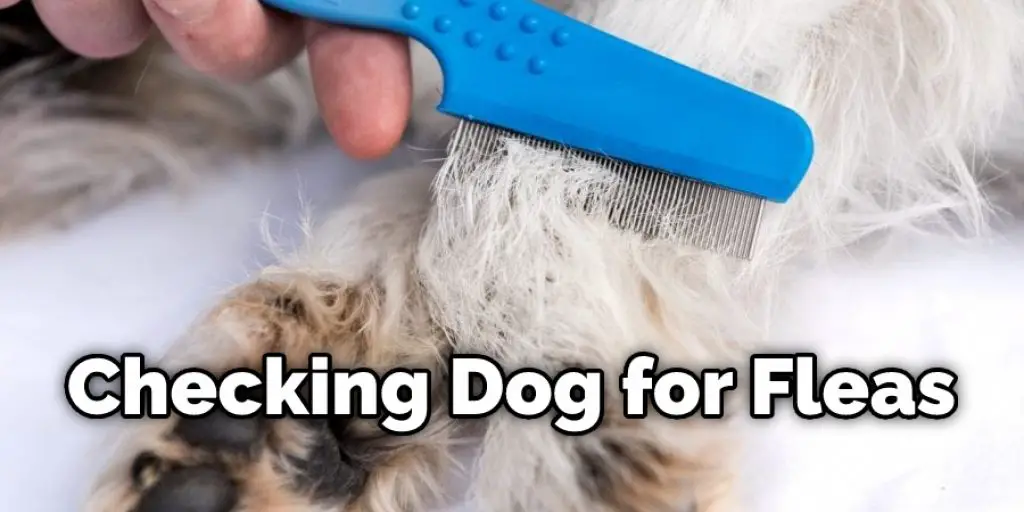
One of the most common causes of itching in dogs is fleas and mites. Fleas can cause intense, widespread itching and may be accompanied by skin sores caused by excessive scratching. Other symptoms of a flea infestation include hair loss, bald or scaly patches on the skin, and tiny black specks (flea dirt) around your dog’s rear end and lower abdomen.
Sometimes you may even see moving particles which are adult fleas! If this seems to be a possibility, consult with your veterinarian to determine if treatment for a possible infestation is needed.
Aside from the overwhelming itchiness that will undoubtedly follow should you choose to ignore this problem, other consequences can result as well, such as tapeworms which are passed to your dog via fleas. Tapeworms are white, long and flat parasitic worms that can be found in your dog’s intestines. They attach themselves to the lining of your dog’s intestine where they feed off debris. Tapeworms are usually not dangerous to your dog, but this does not mean that you should allow them to have them. If tapeworms become severe or are left untreated, they can cause malnutrition, weight loss, diarrhea, vomiting, abdominal pain, bloating and poor coat condition.
Step 3 : Check Your Dog for Food Allergies
If your dog is itchy, it could be because of a food allergy. Symptoms include redness on the face, paws, and feet, and constant scratching. This can lead to sores or scabs. usually, food allergies are caused by a certain type of protein in your dog’s diet.
If it is not an environmental allergen causing the problem, then changing the ingredients used to make your dog’s commercial kibble may help alleviate symptoms or stop them entirely.
If you’ve been feeding your dog the same food for years, switching abruptly can lead to vomiting and diarrhea. To avoid this, make the change gradually. Also, keep in mind that there is no such thing as a dog or puppy food allergy-only people foods can cause allergies in dogs.
Step 4 : Check for Skin Infections and Rashes
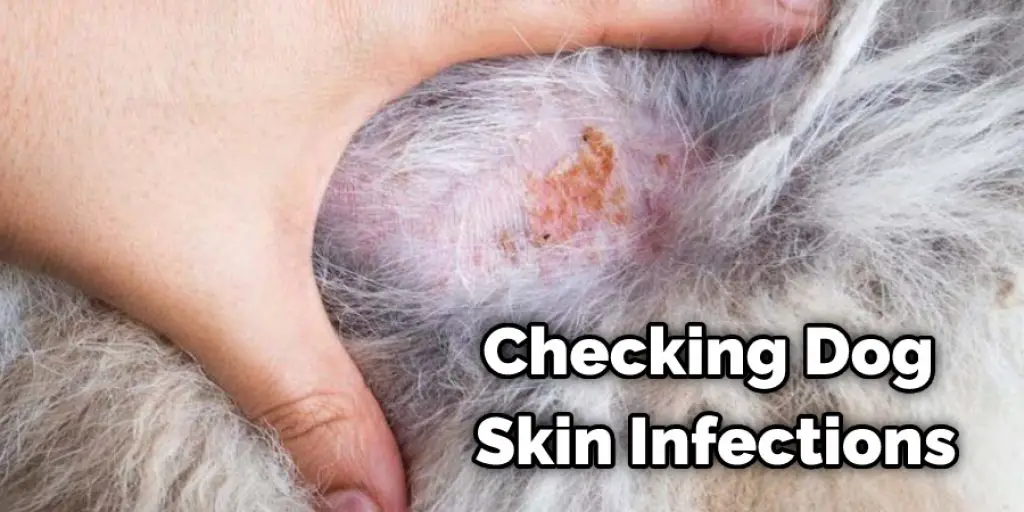
A skin infection or rash may be another cause of itching in your dog. If your pet has constant scratching accompanied by redness and sores, then you should seek veterinary assistance. Though mild infections may only require management with topical treatments if left untreated, more severe conditions can include permanent skin damage and scarring.
When dealing with an itch condition, it is essential to determine the root cause so you can choose the best treatment option for your pup! This is a crucial step in how to relieve dog itching after grooming.
Step 5 : Look at Hot Spots and How Long Your Dog Has Howled
Hot spots are another potential cause of itching in dogs. These are moist, reddened, inflamed areas on the skin that can quickly worsen if not treated. Often these develop when your dog licks or chews at an itchy area until the fur and skin are removed, leaving a sore that becomes infected.
If you notice any red sores on your dog’s skin, be sure to keep them clean and dry while taking your pet to the vet for proper treatment. Sometimes hot spots occur after excessive grooming with a dryer-if this is the case, make sure you do not use heat on your dog’s coat again! Howling in dogs may also indicate pain, discomfort, or itching, especially in older pets whose hearing or vision is not what it used to be.
Step 6 : How Old is Your Dog?
As your dog ages, it can develop skin problems that itching. Degenerative skin conditions such as acanthosis nigricans in Greyhounds, chronic seborrhea in Cocker Spaniels, and dermal melanosis in shar-peis are all common causes of itching when your pet reaches its senior years. In addition, your dog may develop allergies to food or environmental stimuli such as pollen. If your pet develops any of these skin problems, it may need special medications, diets, or baths to keep its skin healthy and help relieve the itching.
As your dog ages, you may also notice more frequent wax buildup or ear infections due to a decrease in immune function, so be sure to visit with your vet about how to best care for your elderly friend!
Step 7 : How Much Exercise Does Your Dog Get?
Dogs that are not given proper exercise regularly may develop itching. If your pup is going days or weeks without any physical activity, this can cause them to become restless and bored-and as you know, boredom leads to excessive licking, chewing, and scratching!
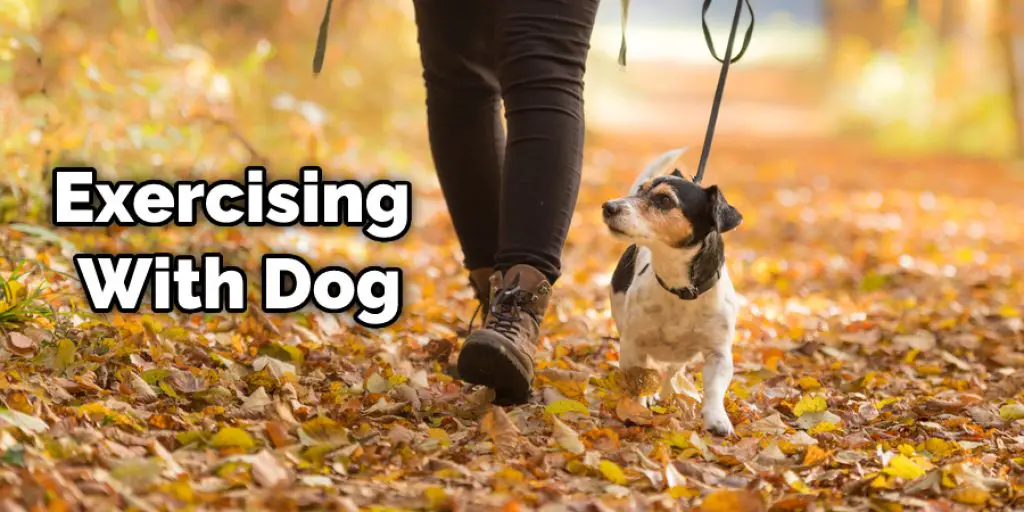
To keep your four-legged friend from developing itching problems, make sure they have a daily exercise for at least one hour a day, either through walks or playtime with another canine friend!
The result of all these steps is that many different issues can lead to itching in dogs, so be sure to take the time to inspect your pet’s skin regularly when they start acting out unusually, like incessantly scratching themselves.
This will not only help you determine the cause of their symptoms and spot potential health issues early on, but it can also save you a lot of money in the long run. In addition, these steps will help you in how to relieve dog itching after grooming.
You can check it to Keep Dog in Wrought Iron Fence
Tips and Warnings
Tips
- Make sure your dog is as comfortable as possible. How you groom will affect how they feel. Avoid giving baths immediately after a grooming session, making the skin dry and irritated. Using non-scented products is also beneficial for those with sensitive skin or allergies.
- Regular brushing is the best way to help control shedding. How often you shave your dog will depend on their breed, as some dogs shed constantly, and others only a few times a year.

- If none of these tips work, or if your dog starts to lose hair from over-grooming itself from an itch, consult your vet about antihistamines for your pet. Acupuncture can also be used to reduce itching in some instances.
- When bathing your dog to relieve itching, choose shampoo for sensitive skin. Human shampoos can be very harsh and dry out your dog’s coat, worsening their itchiness.
- Using a conditioner will help keep the coat shiny and healthy-looking while reducing shedding or dander.
- Pick up some Omega 3 fatty acids while at the store. Adding them to your dog’s diet can reduce their urge to scratch themselves, keeping their coat looking great with less mess in the house!
Warnings
- Do not stop giving your dog flea and tick prevention medication.
- Avoid contact with any topical ointments, sprays, or shampoos without first speaking to your veterinarian.
- Be aware of any signs of infection.
- Keep an eye out for ant bites, which may cause itchiness too.
- A vet visit is necessary if your dog is excessively licking, scratching, or biting.
- Be aware of any underlying health conditions, which might cause itchiness after grooming.
Conclusion
We hope you have some idea of how to relieve dog itching after grooming. There are many ways to relieve dog itching after grooming. To find the best solution, you should consider your pet’s coat type and skin sensitivities as well as their breed.
Here is a list of things that work for different dogs: A-Bathing in oatmeal shampoo; A-Getting a doggie massage with coconut oil or aloe vera lotion; A-Having an apple cider vinegar rinse (use 1/2 cup ACV mixed with 2 cups water); and more!
Check it out also – How to Put a Slip Lead on a Dog

